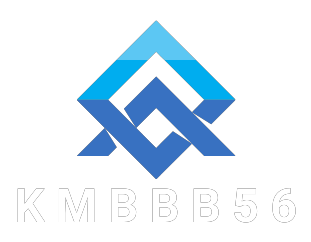Introduction:
In a world inundated with information overload, book summaries provide a concise and efficient way to extract valuable insights and knowledge from a vast array of literary works Book Summary PDF. While some may view book summaries as shortcuts or substitutes for reading the entire book, they can serve as powerful tools for busy individuals seeking to grasp the key concepts and ideas presented in a book. This article delves into the art of effectively summarizing a book, offering tips and strategies to enhance your summarization skills.
Tips for Crafting a Compelling Book Summary:
1. Understand the Core Message:
Before crafting a book summary, take the time to thoroughly understand the core message or central theme of the book. Identify the main ideas, arguments, and key points that the author is conveying. This foundational understanding will guide your summarization process and ensure that you capture the essence of the book.
2. Focus on Key Points:
While summarizing a book, prioritize key points and essential information over minor details. Highlight the most impactful ideas, insights, and arguments that drive the narrative forward and contribute to the overarching message of the book. By focusing on the key points, you can create a succinct and engaging summary that captures the essence of the book.
3. Use Concise Language:
Effective book summaries are characterized by their brevity and clarity. Avoid unnecessary details and lengthy explanations, opting instead for concise and to-the-point language. Summarize complex ideas in a straightforward manner, using simple language that is easily understandable to readers. Conciseness is key to crafting a compelling book summary that maintains the reader’s interest.
4. Provide Context:
When summarizing a book, it is essential to provide context for the information presented. Offer a brief overview of the author’s background, the book’s genre, and the historical or cultural context in which the book was written. Contextual information enhances the reader’s understanding of the book and its significance, enriching the summarization experience.
5. Engage the Reader:
A well-crafted book summary should not only inform but also engage the reader. Use storytelling techniques, vivid language, and compelling examples to bring the book’s content to life in your summary. Create a narrative flow that captivates the reader’s attention and conveys the essence of the book in an engaging and memorable way.
Conclusion:
In conclusion, mastering the art of summarizing a book requires a combination of analytical skills, clarity of expression, and a deep understanding of the book’s content. By following the tips outlined in this article, you can enhance your summarization skills and create compelling book summaries that resonate with readers. Embrace the challenge of distilling complex ideas into concise and impactful summaries, unlocking the depths of a book’s essence for yourself and others to explore.
